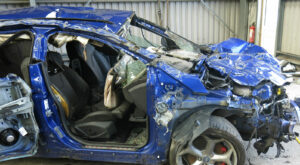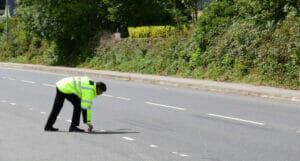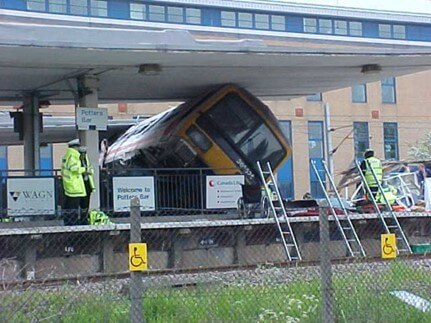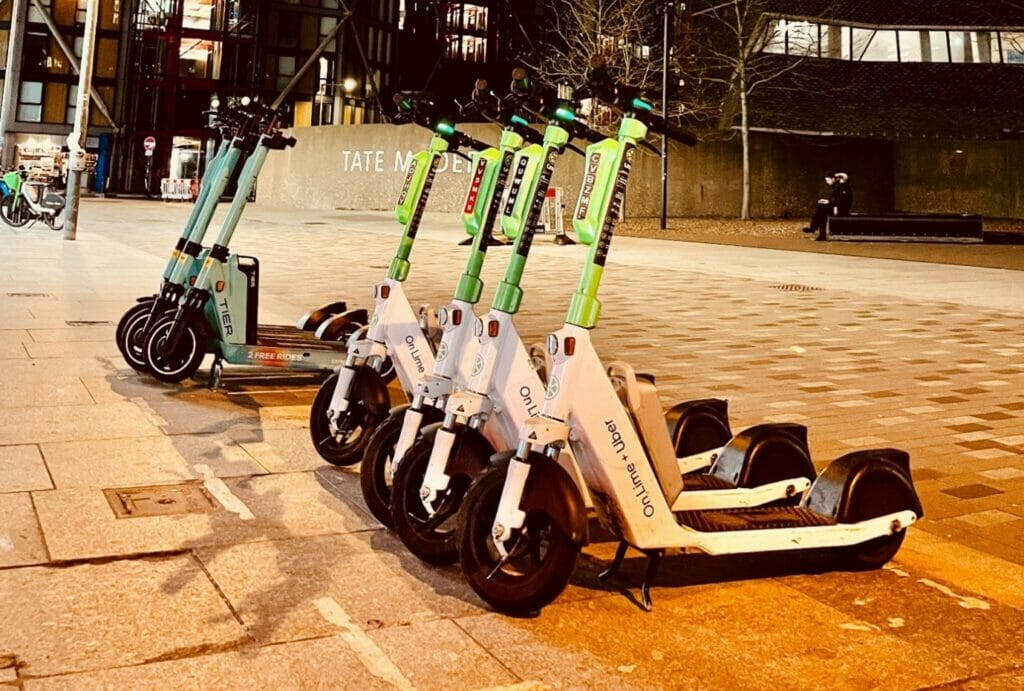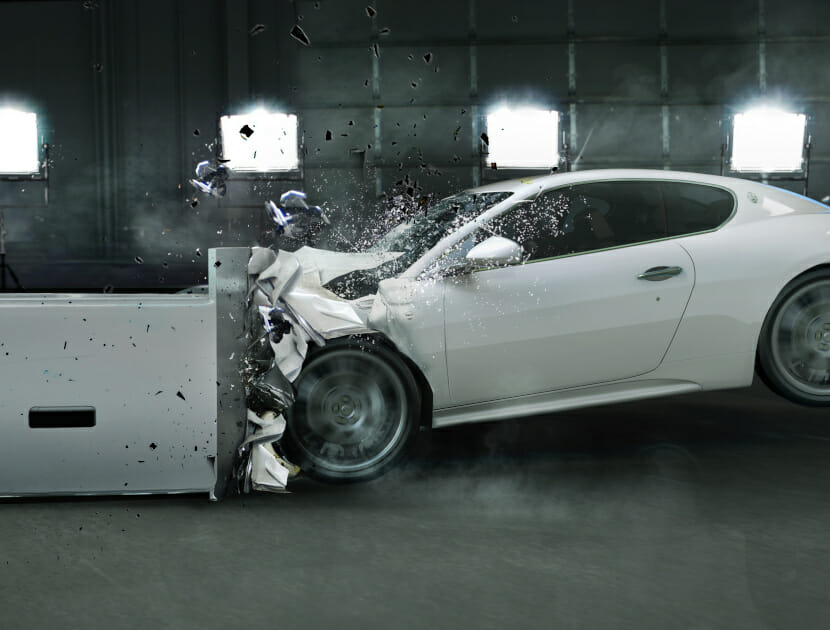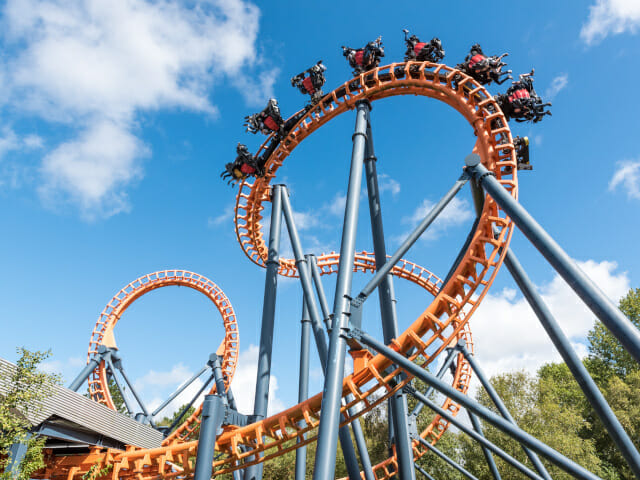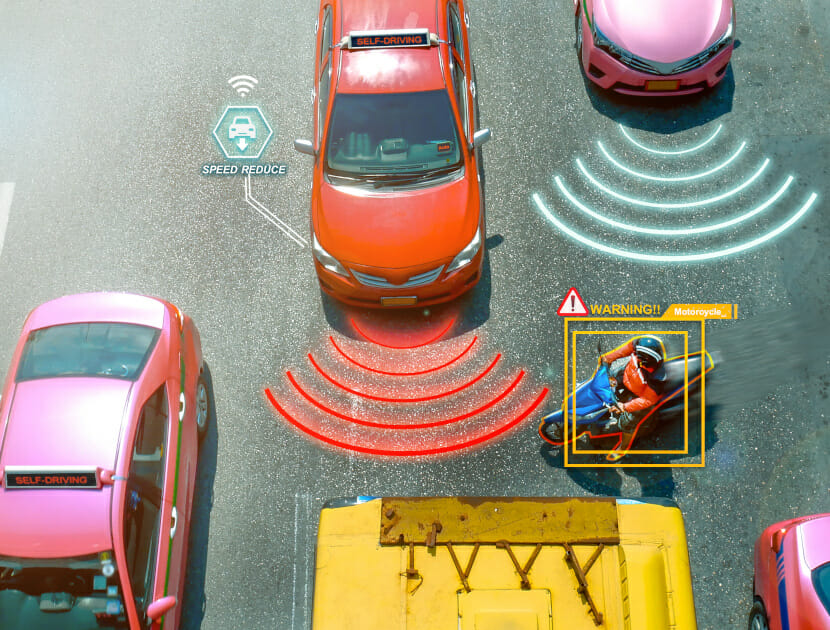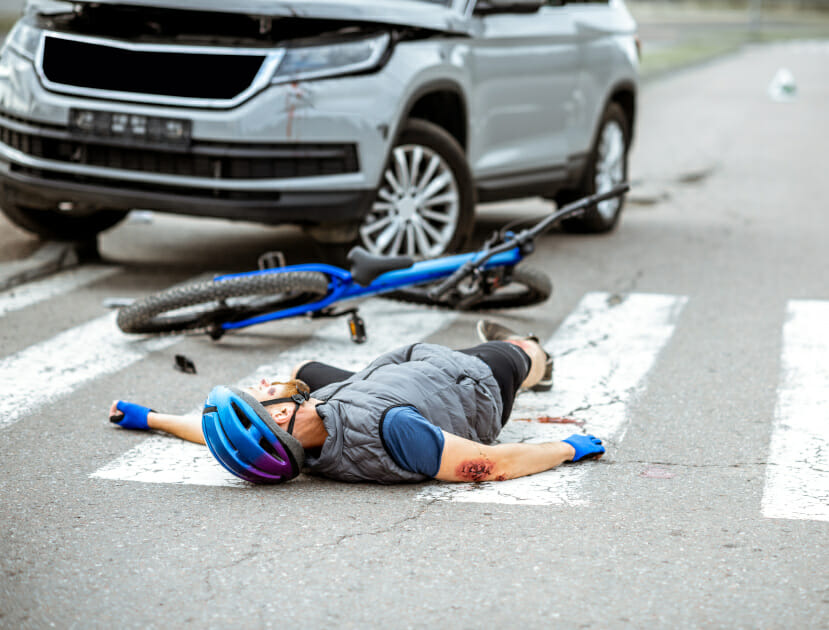Vehicle Types
The roads are shared by a range of vehicle types and categories, from the smallest and simplest, to the largest and most complex. In any city, town or region there could be pedestrians, bicycles, motorcycles, cars, vans, buses, lorries or trams sharing the roads. Motor vehicles can be powered conventionally or, more recently, by an electrical or hybrid system. With a mixture of vehicles sharing the road system, conflicts and collisions will occur.
The results of a road traffic collision (RTC) can be devastating, such as severe injury or death, while damage to vehicles and infrastructure leads to disruption. There are often various factors which contribute to the cause of an RTC and the inspection or assessment of an involved vehicle is important to any investigation.
When an RTC occurs, our experts are on hand to investigate. We have the knowledge and experience to inspect a wide of vehicles, either for defects which might have contributed to the collision, or assessment of damage as to whether it relates to the collision or not. We also deal with aspects that are specific to various vehicle types, such as tachograph data from a bus or lorry for example, and we can obtain valuable information or data from inspecting a vehicle.
WHY APPOINT A FORENSIC INVESTIGATOR?
We have the expertise to know the relevance of a particular vehicle type to the outcome of a collision, and we know how to find answers from across a wide range of vehicle categories.
- Our experts are knowledgeable in collision reconstruction and vehicle inspection, with proven expertise, and can investigate all aspects of an RTC case.
- We are able to exploit different sources of information from vehicles, such as on-board electronic data.
- We provide you with the answers you need to determine how an RTC occurred and to assist in making informed decisions on liability.
- We will help you to determine if a collision could have been avoided.
- We assist you in making decisions regarding where liabilities lie.
- We help you to identify and defend fraudulent claims.
- We produce clear, understandable reports suitable for Court and litigation, with supporting images or video to assist where required.
- Our specialists can provide expert witness testimony in both Coroner’s and Crown Court.
- We provide consultancy advice to prevent similar events happening again in the future.
- If removing a risk entirely is unavoidable, we advise on measures to mitigate the risk and reduce the potential damage resulting from an incident.
- We can contribute to a review of servicing, maintenance, and repair regimes.
- We offer a bespoke service, drawing upon our experience of investigating previous incidents, to identify potential risks and inform your own risk management.
- We have an in-depth knowledge of the standards, regulations and best practice that should be followed.
- We review working practices, facilities and vehicles to identify areas of high risk.
- We offer guidance and/or help you define and develop good working procedures and practices to reduce the risk of incidents occurring.
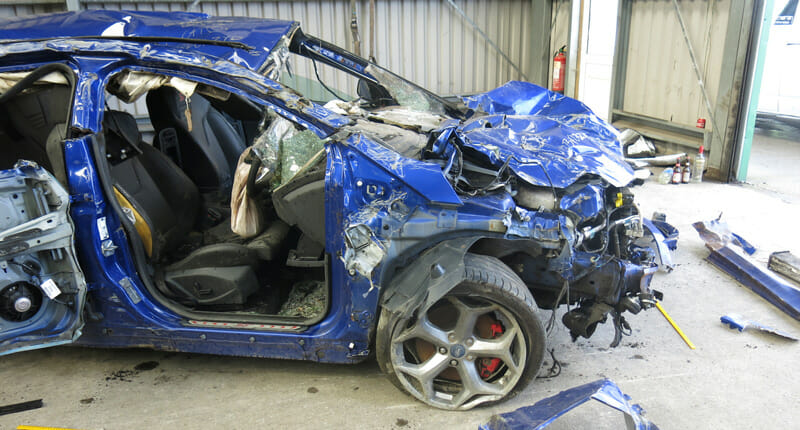
Examples of Typical cases
The list below provides just a few examples of the different vehicle and incident types that we have investigated. If you would like more information or to discuss a specific incident, you can contact us for a free consultation.
Micro-Mobility
The term ‘micro-mobility’ refers to small, lightweight vehicles driven or ridden by users personally and includes, among others, scooters and e-scooters. These vehicle types bring their own specific characteristics as they are small and manoeuvrable yet, particularly in the case of e-scooters, relatively fast.
Scooters have a narrow visual profile affecting their visibility. The upright stance of a scooter rider and high centre of gravity can tend to lead to a specific mechanism of toppling forwards during a collision with particular types of associated injuries. Smaller wheels are also prone to becoming trapped, and suspension to assist with handling is typically minimal. E-scooters can easily reach higher speeds, increasing the opportunity for a loss of control and leading to an increased risk to riders, or other road users including pedestrians.
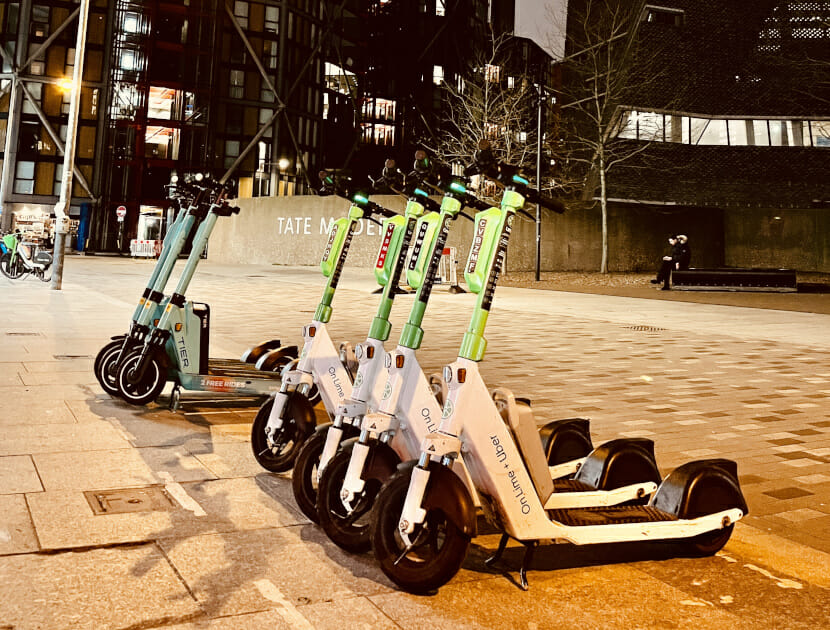
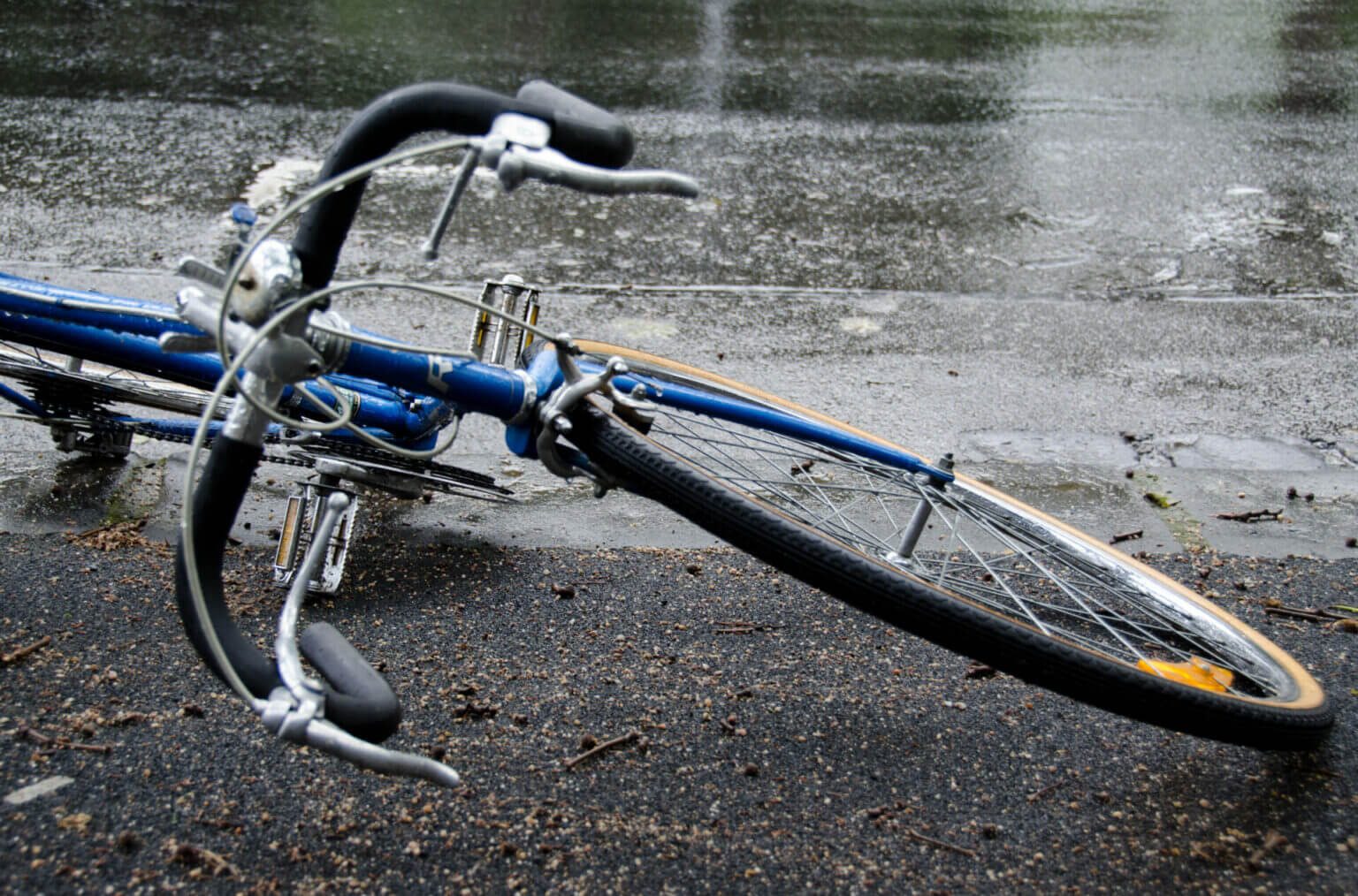
Bicycles
Bicycles are used by people of all ages, with varying levels of skill and experience. Although not subject to statutory vehicle testing, the condition of a bicycle is crucial to its safe operation with, for example, well-functioning brakes being essential.
Cyclists are relatively vulnerable road users and so their visibility or road position can be key factors in a road traffic collision. Although not compulsory, the effect of the use of a helmet, or not, is another important consideration.
Motorcycles
Motorcycles can take various forms, from smaller moped-type machines to larger cruisers or high-performance sports models. All motorcycles have their own specific handling dynamics and understanding their limitations is fundamental to reconstructing a motorcycle collision.
Although the condition of any vehicle’s tyres is important, this especially true for motorcycles as the stability of a motorcycle and the rider’s ability to control the motorcycle depends heavily on maintaining good contact between the tyres and the road surface.
More sophisticated, modern motorcycles are equipped with electronic aids such as anti-lock braking systems (ABS), traction control or anti-wheelie systems. Some models will also retain on-board data which is valuable in the event of a collision.
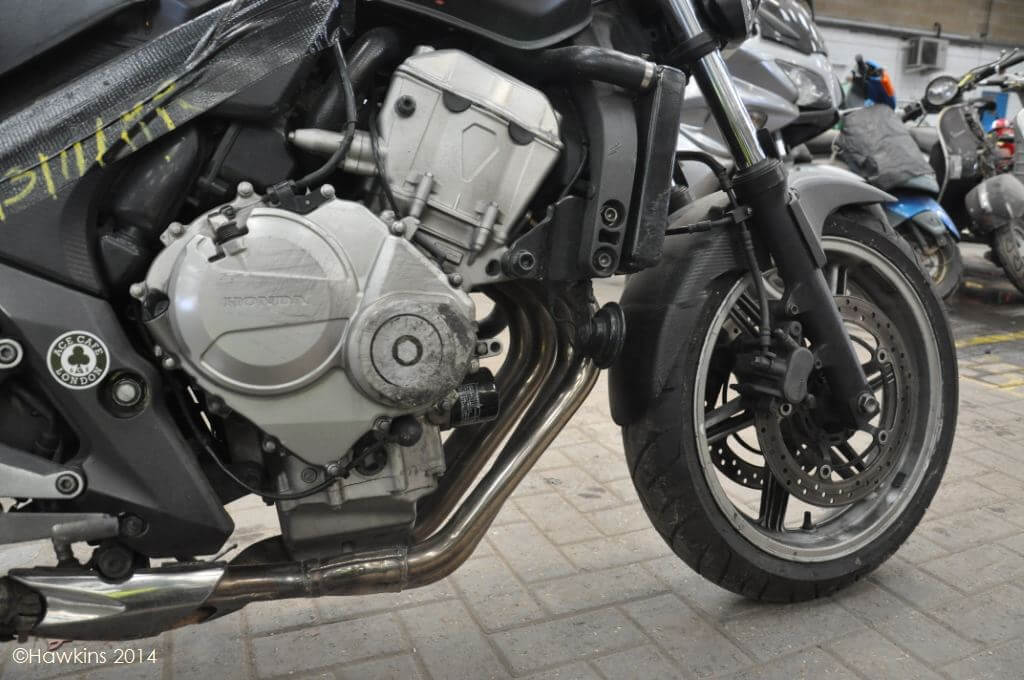
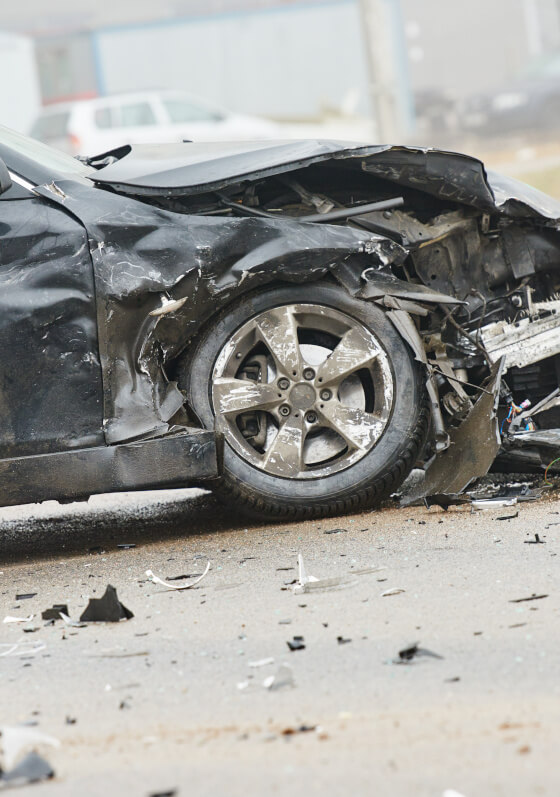
Cars and Light Vehicles
Cars and other light vehicles are a large proportion of vehicles on the road, and involved in RTCs. Many forensic investigation techniques that are applicable to different vehicle types are often applied to this vehicle category.
Seatbelts are a mainstay of modern travel and in certain circumstances, when a seatbelt is worn during a collision, distinctive damage can be caused to seatbelt components which will show that it was in use at the time.
It is often of interest to know whether a vehicle’s light bulbs were illuminated at the time of a collision. For example, were a car’s headlights switched on, or was a vehicle indicating? Some types of damage identified to tungsten filament lightbulbs can indicate if a light bulb was hot (illuminated) or cold (not illuminated) when the light bulb was subjected to an impact.
With the prevalence of electronic safety systems in modern cars and light vehicles, the recovery of electronic on-board data is a valuable opportunity to understand what a vehicle was doing when a collision occurred. For some vehicles, event data recorder (EDR) data is stored and can be recovered to show what was going on in the seconds leading up to a collision. Another electronic safety system is the advanced driver assistance system (ADAS) which can automatically apply inputs, such as braking, to attempt to avoid or reduce the severity of a collision. Understanding the functions and limitations of these systems is important when reconstructing a collision.
Also, some modern infotainment systems (incorporating information and entertainment systems such as mobile phone and sat-nav interfaces) retain vehicle data which can potentially be retrieved and interpreted in the context of a collision.
Heavy Goods Vehicles
Heavy goods vehicles (HGVs) come in various shapes and sizes, with a range of bodies for performing different roles. Some are articulated, others are ‘rigid’, and many have more than two axles. Due to their size, HGVs occupy more of the road and, when turning, parts of the vehicle will follow paths that are further inside or outside the paths of the wheels than experienced by smaller vehicles. Although not unique to HGVs, the driver’s direct views, and their mirror or camera views, are of particular importance given their larger size.
The braking system of an HGV will typically use air pressure and the operation of these air brake systems is an important consideration in collision investigation. Most larger vehicles are also required to have a tachograph system to record the distance travelled by the vehicle in a set period of time, and therefore also the vehicle’s speed. Correct analysis and interpretation of this data is a valuable tool for collision reconstruction.
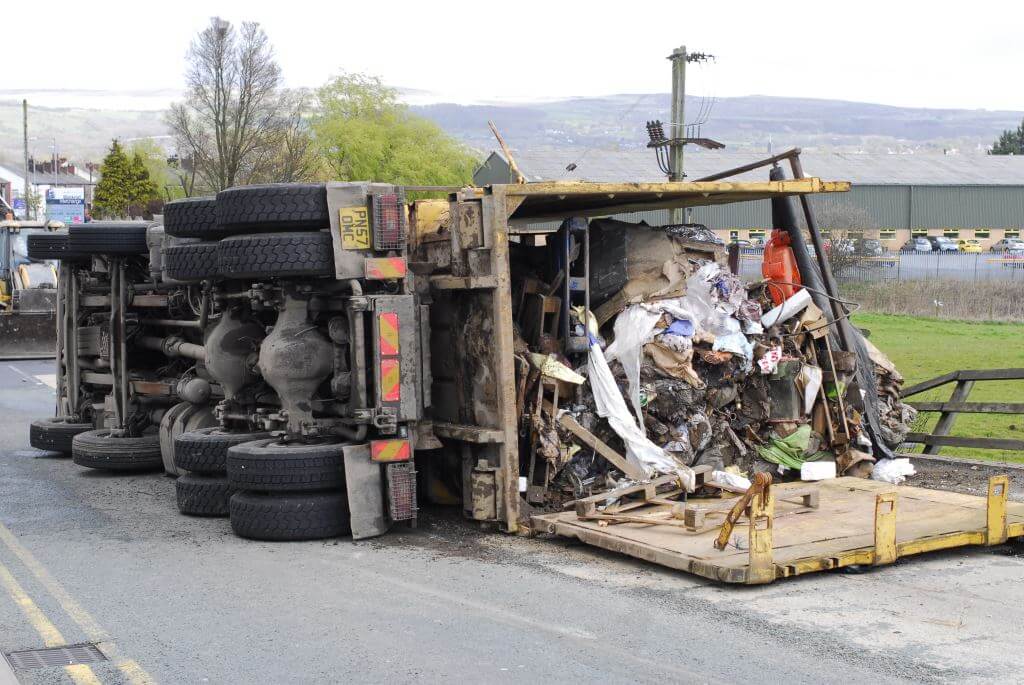
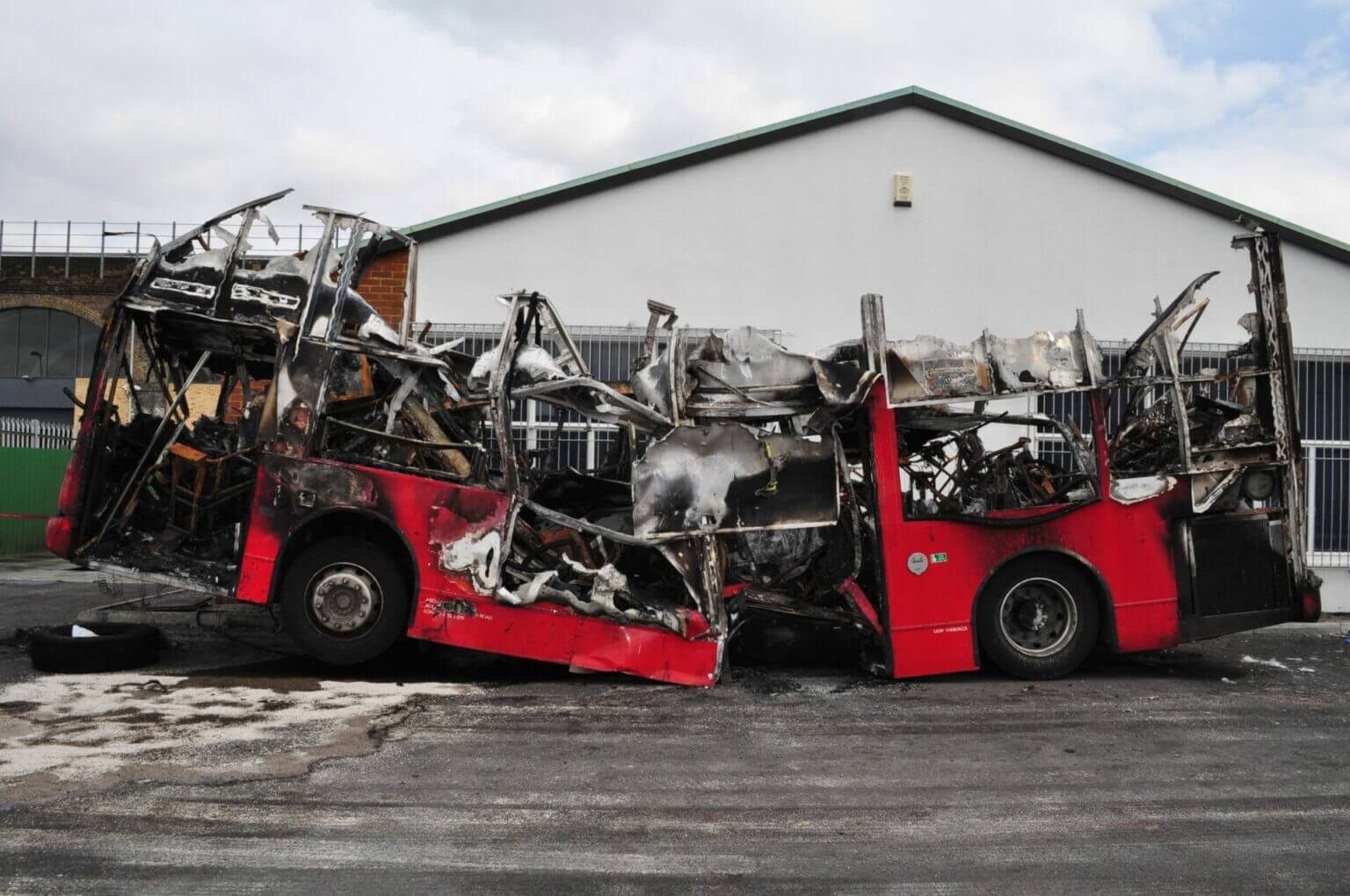
Buses
Buses or passenger carrying vehicles share many common features with HGVs but also have their own specific characteristics to consider. Although CCTV analysis can feature in any type of collision investigation, buses tend to be equipped with numerous cameras showing the driver, passengers and the exterior of the vehicle. If a passenger has been injured, then the acceleration experienced by the passengers is relevant, particularly if the passenger was not seated; more specifically, the rate of change of acceleration experienced by the passengers, called ‘jerk’, is an important factor in their ability to avoid falling.
Trams
Trams straddle the realms of rail and road. They are technically and operationally different to the other vehicular traffic they run alongside. The specific rail regulations for trams prescribe many aspects of their use which adds a layer of complexity in any investigation, which is balanced with potentially more information and data being available to use to reconstruct a collision.
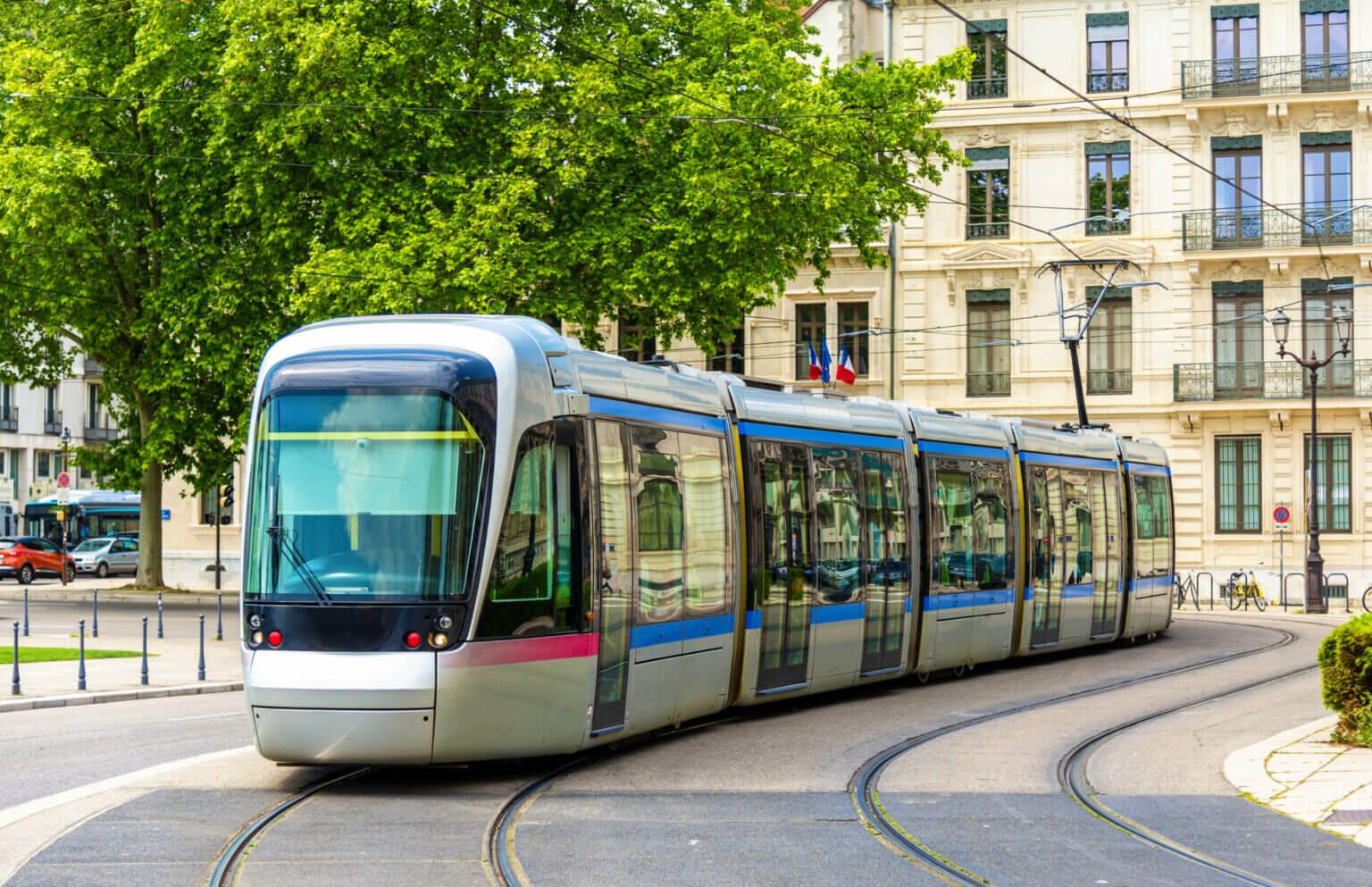
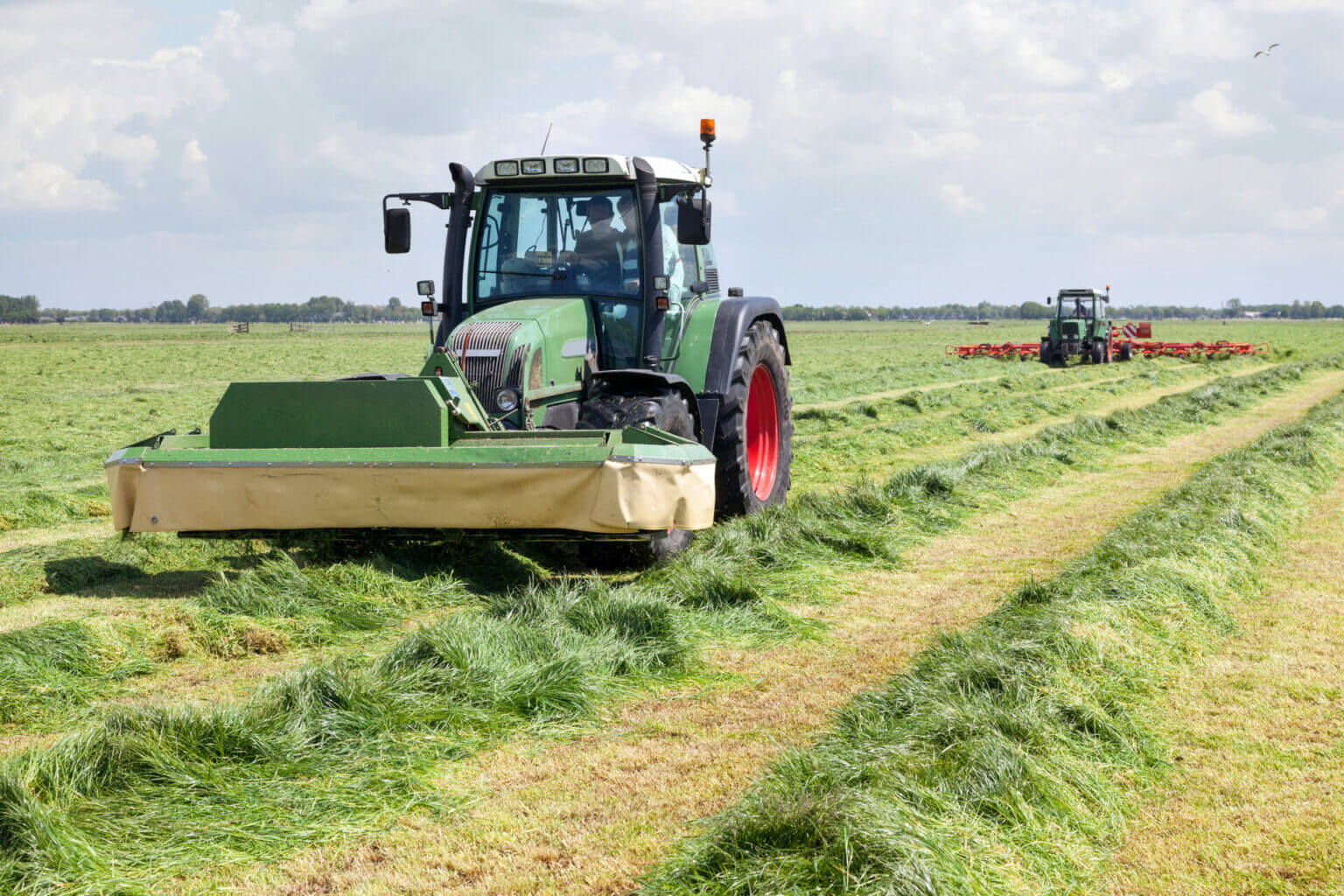
Special Vehicles
In addition to some of the main vehicle types described above, we have experience in investigations involving less commonly encountered vehicles. These include, for example, armoured vehicles, quads, road rollers and others.
HOW DOES HAWKINS APPROACH AN INVESTIGATION WHEN APPOINTED?
1
Consultation
We like to speak to you before we conduct any work, to establish how we can add value to the case. These discussions help us to understand your requirements, as well as determining how much information is already available and we will also request or suggest other items of information if necessary. We are also happy to provide you with an estimate of the cost of conducting a forensic investigation.
2
Inspection and Analysis
If required and with your agreement, we will arrange to visit the incident locus, or inspect vehicles if they are available. We will record and retain notes, photographs, video or downloaded data. We will also carry out the required analysis and interpretation of the available information to reconstruct the collision as far as possible or needed.
3
Conclusion
Once our examination is complete, we will discuss our findings with you and prepare a report containing a detailed account of our investigation, conclusions, and where appropriate, recommendations for further work or advice. We are independent, impartial and unbiased and we are instructed by both Claimant and Defendant solicitors and insurers. We can provide a range of reporting levels, work within the relevant Civil Procedure Rules and are effectively agents of the Court in everything we do.
SPEAK TO ONE OF OUR EXPERTS
Principal Associate, Managing Director (Acoustics)
Email meRelated areas of expertise
Road Traffic Collisions
Hawkins has the largest group of Road Traffic Collision investigators in the UK, including some forensic engineers with over 30 years’ experience.
Vehicle Examinations
Whether the case involves a car, bus, heavy goods vehicle, motorcycle, farming equipment, or a bicycle, Hawkins’ engineers consider various vehicle attributes during an examination, such as: patterns of damage, occupant restraints, vehicle condition, vehicle defects, tyre performance, and vehicle stability. It is also becoming more common for vehicles to carry recoverable collision data from the EDR (Event Data Recorder) aka the black box.
Collision Reconstruction
Road traffic collisions (or accidents) are often traumatic incidents and litigation arising as a result is becoming more common as Court awards increase and injured parties become more aware of the compensation that might be available to them. Hawkins can provide detailed analysis of an incident and prepare forensic collision investigation and reconstruction reports suitable for use in Criminal or Civil Courts.



